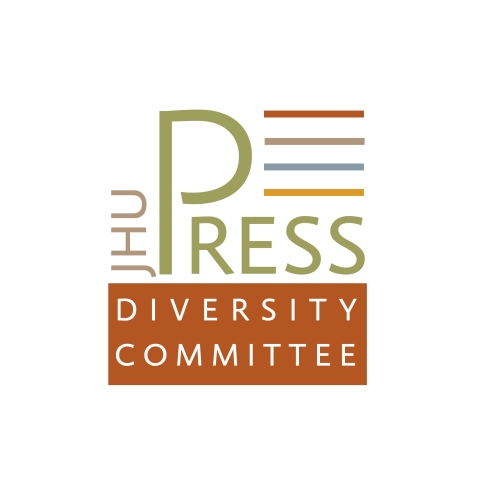Guest post by Keith Brock, JHUP Staff
After serving just over two years as the chair of the JHUP Diversity Committee, I am still in awe of its existence and accomplishments over such a short period of time. I do not make these statements to applaud my efforts, nor do I intend to be self-deprecating; however, I must admire how the community of staff members at JHUP has surrounded the idea of diversity and put in the work to create a vibrant and productive social group.
To give a bit of background about the Committee and its formation, I have to take you back to October of 2012. I felt compelled to attend the annual Diversity Conference of John Hopkins University’s Diversity Leadership Council (DLC). To my surprise—or perhaps embarrassment—I had no clue that such a council existed for the entire Hopkins community, or that it had been created during my undergrad years at Hopkins. Upon attending the 2012 conference and listening to the panels and speakers, I was stunned at what I had been missing at Hopkins: something I had not even been seeking. I finally felt relevant because an often invisible community cared about my future and well-being. I found community.
I remember rushing back to tell my boss, Davida Breier, how I was moved by my experience. I told her how the Hopkins community was speaking openly about inequalities and pressures that existed on campus for individuals of minority groups, and I knew that we had to be a part of this discussion. I was stunned by the fact that I saw only one other individual from the Press who attended that year, another member of a minority class. We talked about how sad it was that so few even knew of the event or decided to attend. I told Davida that everyone should have to attend. She responded, “Then you’re going to have to tell them yourself.” She then asked our director, Kathleen Keane, if I could get up in front of the staff to discuss my experience at the conference and, with much grace and respect, Kathleen obliged.
Now what most folks have never known is that I was petrified to discuss my experience. I was so scared that I created a video presentation to avoid speaking in front of a crowd, but Davida said that my voice had to be heard in order for me to connect with the audience. I was also fearful about becoming the diversity spokesperson. I was afraid that I might be mistreated by those who thought we needed no additional diversity at the Press; fortunately, though, I had a boss who believes in personal empowerment. Despite my reservations, I also felt obligated to share my presentation, as it had become a type of duty in my mind. I believed that by sharing my experience there was the possibility that I could change the course of the Press’ future and that in some small way I would be contributing to all those before me who stood up and spoke about the most uncomfortable subject matters for change.
The day came; I spoke; and the reception was tremendous. It turns out that this subject was on quite a few minds. I could see the audience become invigorated when I discussed moving beyond the simple black and white issues of the past and into issues where we could all relate. This was the moment when the Diversity Committee was intrinsically formed.
After discussions with Kathleen and other members of the Executive Committee, the Diversity Committee was formed just two months after my November 2012 speech. It has been doing good work since. As a member of multiple minority groups, I realize that not many people in the publishing industry may identify with my experience, and I also understand that change can often take far too long. I can proudly say that we have started our process through volunteer activities, community collaborations (both internal and external), diversity training, creating mission statements, and increasing awareness. The JHU Press has only just begun its genuine and sincere climb towards a workplace that promotes and supports equality in Maryland, and I hope and pledge to do my part to ensure we continue on the path towards complete equality and understanding in our workplace. To that end, I hope that everyone looks to attend the upcoming Diversity Safe Zone Training event, as well as more in-class training series in our near future.

